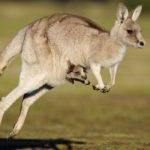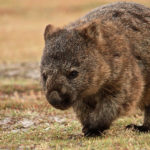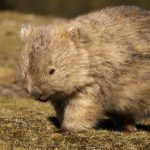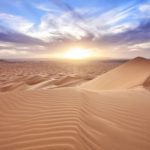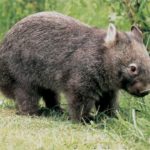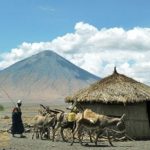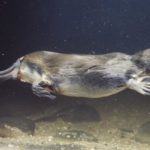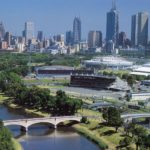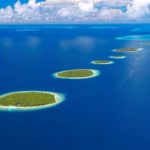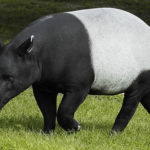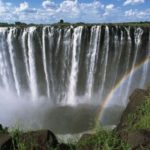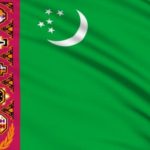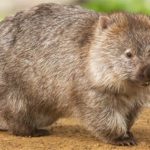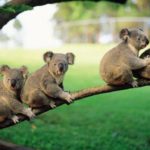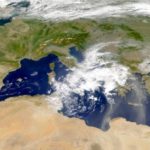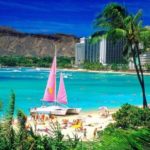Queensland
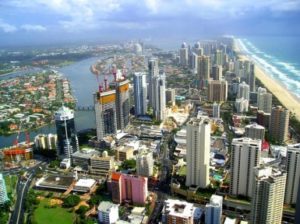 The State of Queensland was formed in early June 1859, after the signing of the decree by Queen Victoria to separate it from the territory of New South Wales. Queensland could be called Cooksland, in honor of James Cook, but the Queen of England was more pleasant to call him “royal land.”
The State of Queensland was formed in early June 1859, after the signing of the decree by Queen Victoria to separate it from the territory of New South Wales. Queensland could be called Cooksland, in honor of James Cook, but the Queen of England was more pleasant to call him “royal land.”
This is a very large state, its area is almost 1.8 million square meters. kilometers. It is no wonder that in different parts of Queensland there is a different climate, landscapes, flora and fauna.
Australia is divided into several states, and the whole is the Australian Union. State borders are outlined in straight lines. If you look at the map of the continent, then in the northeast stands out the “horn” of Cape York – its northernmost tip. If you draw from the north along the 140 east longitude meridian, passing a little west of it, a straight line to the south, and from the east, approximately 28 parallel south latitudes to the west, then the territory limited by them is the territory of Queensland. This is the second largest state of the Australian Union, the most economically developed and, in addition, very diverse in natural conditions. Its capital is the city of Brisbane, located on the east coast of Australia, almost on the southernmost border of the state.
Geographical position
Along the east coast of Queensland is the northern portion of the Great Dividing Range. The one that the Australians call the “Blue Mountains”, from where the Darling River begins its run – the right, largest tributary of Murray. Nature and climate on different sides of this ridge differ dramatically.
To the west of it are steppes, semi-deserts and deserts. It’s a hot, arid summer. On the east coast, washed by the Coral Sea, the climate is temperate, fairly warm, and the proximity of the ocean greatly softens the heat. Moreover, here there is a fairly large difference in temperature – in the south of the state, where the mountains are higher, it is quite cool, to the north the temperature rises – closer to the equator. On the slopes of the ridge, tropical rainforests grow, partly cut down and burned out for farming.
The northern coast of the state is washed by the waters of the Gulf of Carpentaria, the size of which is quite consistent with a separate sea. In this part of the state, the monsoon climate is clearly divided into winter rainy and dry summer periods.
Australia is a young country, it can only boast of natural monuments, which it has in abundance. Queensland is no exception, with nearly 200 national parks. The best beaches are located north of Brisbane, where the coast, separated from the Pacific Ocean by the Great Barrier Reef, is replete with picturesque lagoons, and the warm sea is literally teeming with life. True, there are enough sharks there, so most of the beaches are protected by nets.
But Brisbane has something to see. Many tourists do not rush to the north, preferring to leave a beach vacation “for later”, because it is on the border of Queensland and New South Wales that there is a crocodile park. In addition, near Brisbane are two famous resort areas – Sunshine Coast and Gold Coast.
Sunshine Coast is a city and part of the coast north of Brisbane, it is a great place for surfing, sailing and many more pleasant and useful ways to spend time. Here, for example, you can learn to play golf, visit several natural parks, an aquarium, and the Zoo named after Stephen Irwin.
Gold Coast is a city south of Brisbane, it is also a good beach holiday, but the main thing that attracts tourists there is several amusement parks. For example, the Sea World parks and the extreme entertainment park Dream World.
There are so many attractions in Queensland that the tourism department has drawn up a “minimum program,” which all tourists visiting this state must complete. In addition to the mentioned resort areas and the crocodile park, you should definitely visit and:
Daintree is a pristine rainforest located on the Coral Sea coast 20 km from the city of Cairns. It is interesting in that the age of this forest is 110 million years. He remained a relic from the time when Antarctica and Australia were a single continent. More recently, trees were discovered here, the ancestors of which were still eaten by dinosaurs.
Fraser is an island two hundred kilometers north of Brisbane. Perhaps the largest sand island on Earth. Its length is 120 kilometers. The east coast of the island is a solid white sandy beach 100 km long.
Whitsunday is an archipelago 12 kilometers off the coast of Queensland, from it to the city of Mackay Regional in the south for about a hundred kilometers. These are truly paradise islands, they are considered the most romantic place in the world for all lovers. This is an excellent diving, and a trip on a rented yacht will never be forgotten.
